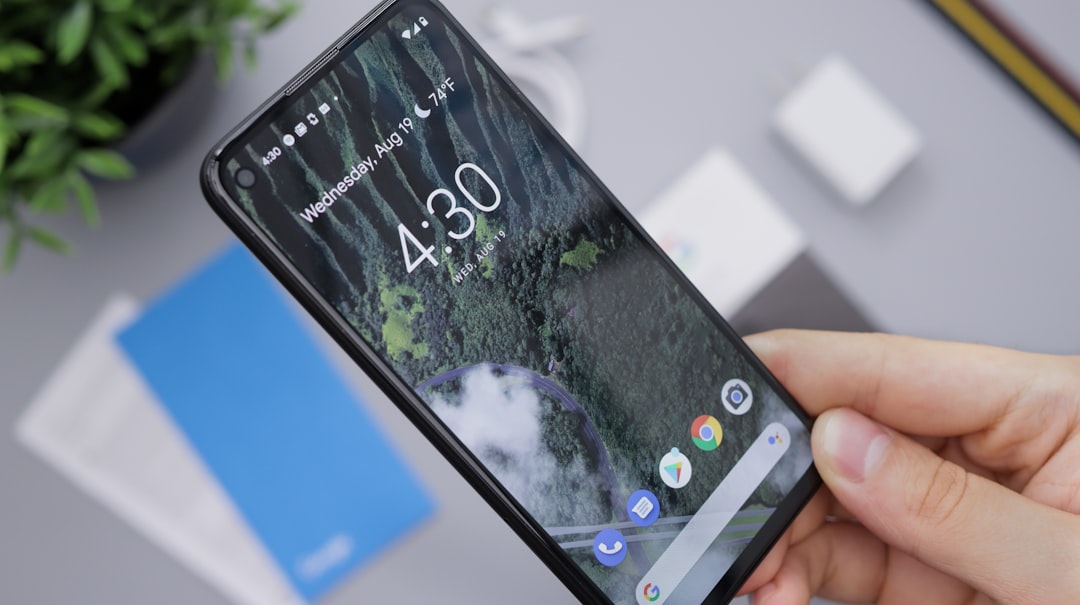For users familiar with Windows operating systems, the ipconfig /displaydns command is a commonly used tool to check the local DNS cache. It allows one to view all the DNS records stored by the system, showing recent history related to domain name resolutions. This is crucial for troubleshooting network issues, diagnosing DNS-related problems, and enhancing privacy awareness. But can a similar tool or functionality be used on Android devices? This article explores what the ipconfig /displaydns command does and how Android users can access DNS cache information using alternative methods.
What Does ipconfig /displaydns Do?
The command ipconfig /displaydns is available on Windows systems and displays the contents of the DNS resolver cache. This includes IP addresses, hostnames, and other relevant information about sites visited recently. It’s especially valuable for the following reasons:
- Network troubleshooting: It helps identify DNS resolution issues.
- Security monitoring: Understanding what sites have been accessed can help in detecting suspicious activity.
- Performance optimization: Allows checking whether DNS over-caching is slowing down the system.

Can You Use ipconfig /displaydns on Android?
Unlike Windows, Android devices do not come with an integrated command-line utility like Command Prompt that supports ipconfig /displaydns. Android is based on the Linux kernel but lacks several command utilities by default due to security restrictions and optimization choices. Therefore, Android users cannot simply run this exact command.
However, similar results can be achieved using alternative tools and methods. Here’s how:
Methods to View DNS Cache on Android
Although Android does not provide a direct equivalent of the ipconfig /displaydns command, users can still inspect DNS activity using the following methods:
1. Using Termux with Root Access
Termux is a powerful terminal emulator for Android devices. When combined with root access, it allows users to access low-level system information.
To use Termux:
- Install the Termux app from the Google Play Store or F-Droid.
- Grant root access (requires rooting the device).
- Use tools like tcpdump or dig to inspect DNS queries and responses in real time.
This method can expose the details of the DNS requests but may not directly display a cache like on Windows systems.
2. Use Third-Party Network Monitor Apps
Several apps available on the Play Store allow real-time network monitoring. These apps can show DNS requests made by different applications and services.
- Network Log – Monitors outgoing DNS traffic.
- NetGuard – Tracks app-level connections and DNS lookups with root or VPN access mode.
Though they don’t directly show a DNS cache, these apps provide similar insights into which domain names your device is querying.

3. Using Chrome Internal Pages
On Android, if you use Chrome as your browser, you can view host resolver information through Chrome’s internal diagnostics:
- Open Chrome.
- Type chrome://net-internals/#dns in the address bar.
- You’ll see the current DNS cache held by Chrome itself.
This is limited to the browser’s cache but can be helpful for web-based DNS checks.
Why DNS Cache Matters on Android
Understanding and managing DNS cache is essential for multiple reasons:
- Security: Prevent DNS spoofing and phishing attacks by monitoring DNS interactions.
- Privacy: DNS logs reveal browsing habits; clearing them can help maintain privacy.
- Troubleshooting: Identifying DNS-related issues can resolve many slow or failed connection problems.
Conclusion
While Android doesn’t support the ipconfig /displaydns command natively, several alternative approaches can offer similar visibility into DNS activity. Whether through rooted Termux access, third-party monitoring apps, or browser-level tools, Android users still have options to manage and observe DNS behavior effectively.
FAQ
- Q: Can I use ipconfig commands on Android?
A: Not directly. Android doesn’t include ipconfig or similar tools like Windows. You can use apps like Termux with suitable packages instead. - Q: Is it possible to clear DNS cache on Android?
A: Yes. You can switch to airplane mode temporarily or reboot your device to flush the system DNS cache. Apps like Chrome also allow cache clearing. - Q: What permissions are needed to monitor DNS on Android?
A: Most DNS monitoring tools require root access or accessibility to run in VPN mode to capture DNS traffic across apps. - Q: Is viewing DNS cache necessary for everyday users?
A: Not always. But for network diagnostics, privacy management, or app development, having access to this information can be very helpful.


